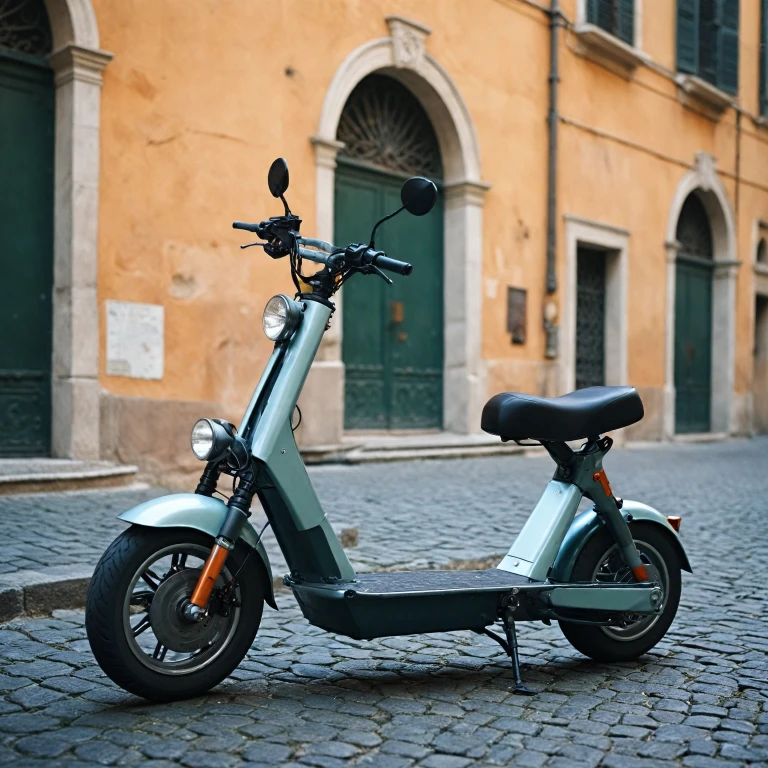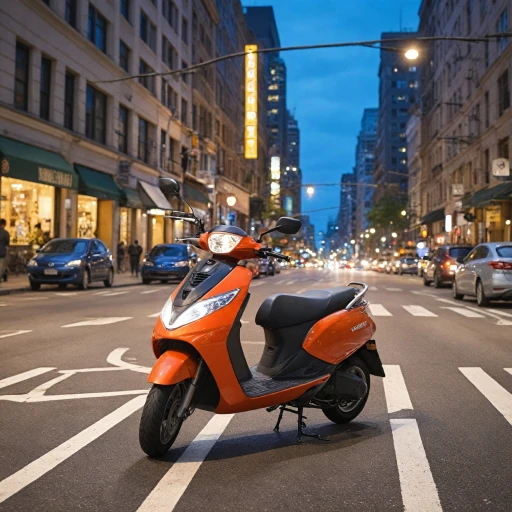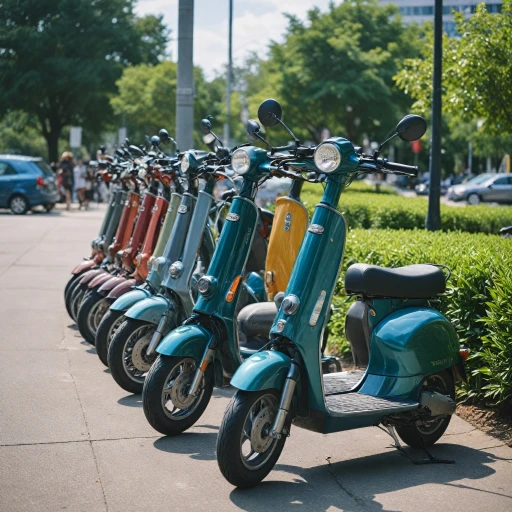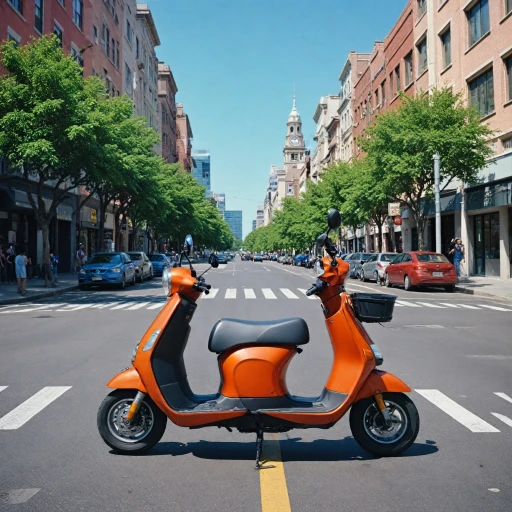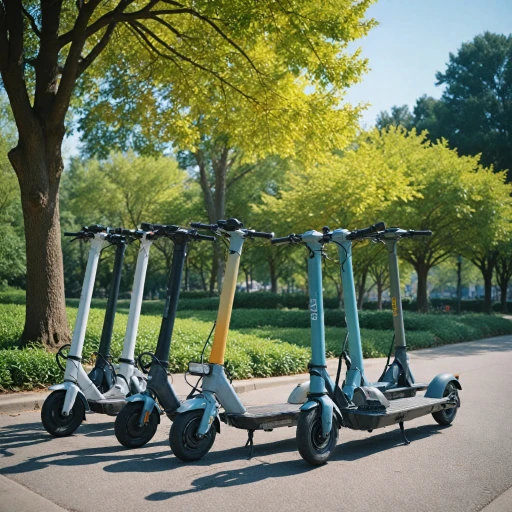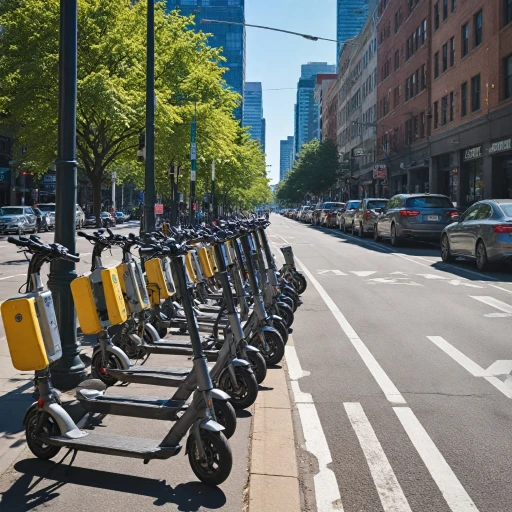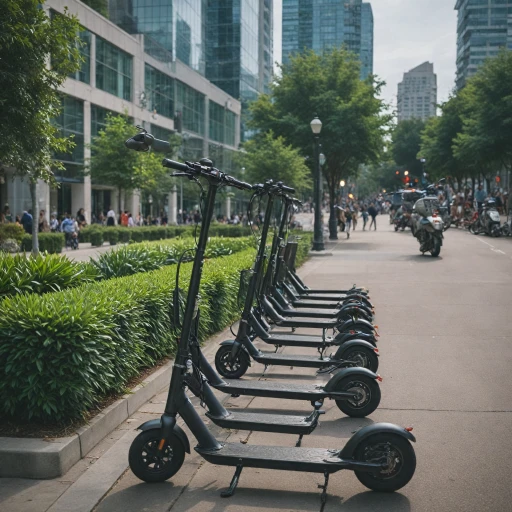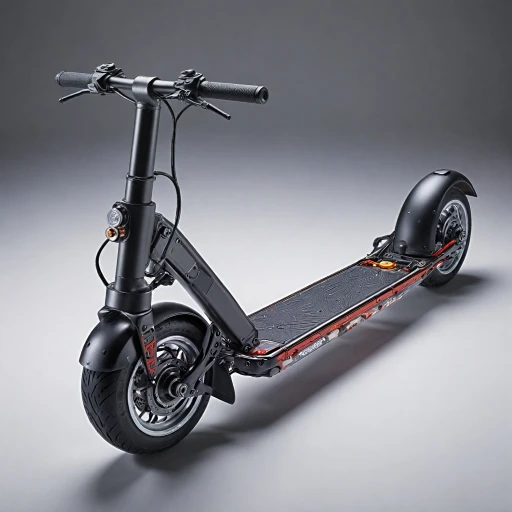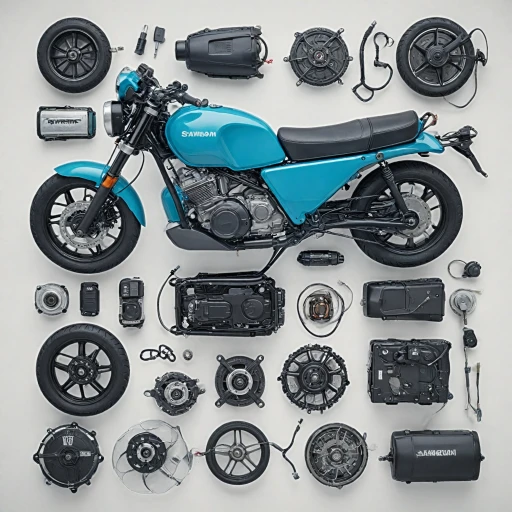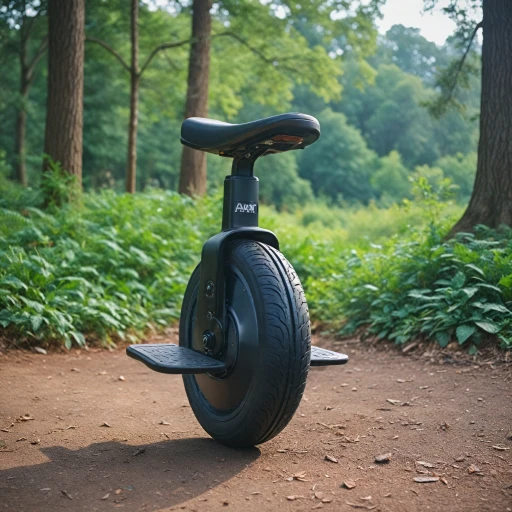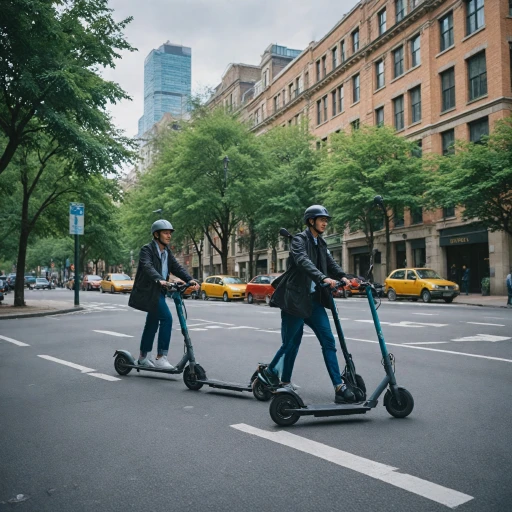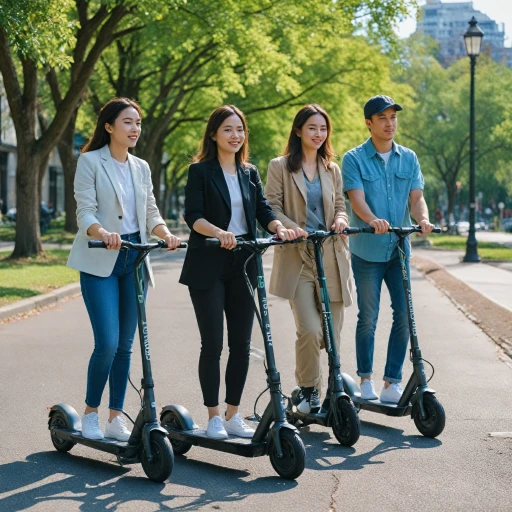
The Heart of the Ride: The Battery
Battery Life and Capacity
The heart of any electric scooter lies in its battery, which plays a crucial role in defining the performance and riding experience. Modern electric scooters primarily use lithium-ion batteries due to their incredible energy efficiency and long lifespan. As a core component, the battery's capacity directly impacts how far you can ride on a single charge, as well as the scooter's overall unit price.
Anatomy of a Modern Electric Battery
Lithium-ion batteries are favored across many scooter models for their lightweight nature and quick charging capabilities. These batteries store electrical energy efficiently, ensuring that your scooter has the power it needs to traverse distances effectively. The physical form and size can vary, influencing both the aesthetics and price of the unit. Reviews indicate that higher capacity batteries often deliver better power output, contributing positively to the scooter's motor capabilities.
Maintenance and Replacement Considerations
Just like any other component, the battery requires regular maintenance to sustain its functionality over time. Ensuring proper charging habits and storing the scooter away from extreme temperatures can significantly extend battery life. It's also worth considering that replacement batteries and related spare parts should be sourced from reliable manufacturers to maintain the scooter's performance. As battery technology progresses, expect sustained reviews around technologies like regenerative braking which can feed energy back into the battery, thus enhancing the overall efficiency.
Power and Control: The Motor
Power and Control: Understanding the Driving Force
When discussing the core components of an electric scooter, the motor undoubtedly plays a pivotal role. Being the driving force, the motor is responsible for converting electrical energy from the battery into the kinetic energy that propels the scooter forward. This element significantly impacts the performance, speed, and overall riding experience of any scooter model. The motor's power is crucial. Measured in watts, higher wattage generally equates to more powerful scooters. While a motor with moderate power might adequately serve urban commutes, enthusiasts seeking high-performance scooters often lean towards models sporting more robust motors, especially when traversing diverse terrains. In modern electric scooters, you often find two types of motors: hub motors and chain-driven motors. Hub motors, integrated directly into the wheel, are favored for their reduced maintenance needs and quiet operations. On the other hand, albeit less common, chain-driven motors might offer higher torque, making them suitable for specific high-performance scenarios. Motor efficiency is key to prolonging battery life, equally impacting how far one can ride on a single charge. Efficient motors ensure that the electrical energy converted from the battery is optimized to deliver an exhilarating ride. For consumers considering unit price and long-term savings, investing in scooters with energy-efficient motors can have significant benefits. Additionally, the synergy between the motor and other systems, like the battery and controller, is essential. The controller dictates how much power is fed to the motor, often employing various settings to adjust speed and power output, thereby allowing riders to adapt to different riding conditions. For those curious about how these components interact more intricately, exploring topics like mastering the art of e-scooter charging can provide deeper insights into the critical role of maintaining optimal motor performance over time. In assessments or reviews of electric scooters, the motor's reputation, alongside the scooter's other parts and accessories, often influences the perceived value. A well-reviewed motor can be a deciding factor for potential buyers, considering both performance expectations and the scooter's overall price and resale value.Staying in Control: The Braking System
Mastering the Brakes: A Critical Component of E-Scooter Safety
When it comes to electric scooters, ensuring a safe and controlled ride is paramount. The braking system plays a crucial role in this aspect. Modern electric scooters are equipped with various braking systems that enhance performance and safety. A well-functioning braking system can make all the difference in navigating busy streets or coming to a safe stop during sudden maneuvers. Electric scooters typically feature disc brakes, electronic brakes, or drum brakes, each offering distinct advantages.- Disc Brakes: Known for their efficient performance, disc brakes offer superior stopping power. These brakes work by applying pressure on a disc rotor, which effectively halts the scooter’s wheels. This technology ensures reliability under various riding conditions.
- Electronic Brakes: By utilizing the scooter's electrical energy, electronic brakes provide a seamless braking experience. Often integrated with regenerative braking systems, this type of brake helps in restoring energy back to the scooter’s battery, enhancing overall efficiency.
- Drum Brakes: Encased and protected from the elements, drum brakes are low-maintenance solutions. They utilize inner tubes to apply pressure, offering consistent performance, especially in wet conditions.
Smooth Sailing: The Suspension System
Creating a Seamless Ride: Suspension System Essentials
In the quest for a smooth and comfortable ride, the suspension system in electric scooters plays a vital role. This essential component absorbs shocks and vibrations from uneven terrain, enabling riders to glide effortlessly on various surfaces. Understanding how this system contributes to your overall riding experience is key when evaluating different scooter models. A well-designed suspension system can dramatically enhance the performance of your ride, making it more enjoyable whether you're navigating the smooth streets of the city or tackling rougher paths. Some electric scooters come with built-in suspension, while others might offer it as an optional accessory. Here's what you need to know about this pivotal feature:- Types of Suspension: Electric scooters mainly feature spring or hydraulic suspension, each with its own advantages. Spring suspension is often lighter and more affordable, while hydraulic suspension is known for providing a smoother, more controlled ride.
- Impact on Comfort: The presence of a suspension system can greatly reduce the impact on your joints, especially on long rides or uneven surfaces. This means less fatigue over time and a more enjoyable riding experience.
- Influence on Price and Weight: Incorporating suspension systems may increase the unit price and weight of an electric scooter. For instance, scooters with advanced suspension are typically found at a higher sale price due to the added comfort and control they offer.
- Compatibility with Other Components: The effectiveness of the suspension system is often interlinked with other scooter components, such as wheels and tires. Pneumatic tires, for example, complement suspension systems by further dampening shocks.
Navigating the Streets: The Wheels and Tires
Mastering the Road: The Importance of Tires and Wheels
When it comes to electric scooters, the wheels and tires play a pivotal role in defining the overall riding experience. Good scooter models invest in high-quality components, ensuring safety and smooth performance across different terrains.
Scooter wheels come in various diameters, which can influence both speed and stability. Larger wheels, often found on more expensive units, provide a smoother ride and can absorb more impact from uneven roads. Smaller wheels, on the other hand, are typically lighter and contribute to a more compact and easily transportable unit.
The choice between pneumatic and solid tires is another consideration. Pneumatic tires, filled with air, offer better shock absorption, enhancing the comfort of the ride. However, they require regular maintenance, such as checking for air pressure or fixing punctures. For riders who prioritize convenience over comfort, solid tires can be an alternative since they are maintenance-free but offer a rougher ride.
Inner tube tires, a type of pneumatic tire, are quite common in electric scooters. They provide superior traction and can be easily repaired or replaced, although they do require regular checks to ensure peak performance.
For enhanced safety, disc brakes are frequently paired with quality tires. This powerful braking system ensures effective stopping power, an essential feature when navigating busy streets or descending slopes. Regenerative braking systems can also be found in some electric scooters, further optimizing electrical energy use and contributing to the scooter's range.
It's crucial to understand these components to make informed decisions. When considering a new purchase, do read reviews, consider the sale price, and evaluate how these factors impact the ultimate riding experience. Remember, the right tires and wheels not only enhance comfort and safety but also significantly boost the scooter's overall performance.
The Brain of the Scooter: The Controller
Decoding the Control Center
In the dynamic world of electric scooters, the controller plays a pivotal role—as the brain of the scooter. This crucial component manages the electronic signals between the battery, motor, and other scooter parts, ensuring seamless power distribution and ultimately influencing the performance.
The controller is essentially the nerve center, processing input from the throttle, which regulates speed, and the brake system for stopping power. Its ability to efficiently manage electrical energy flow to the motor dictates the scooter's acceleration and capability. Given the diverse range of scooter models available today, controllers are designed to accommodate various motors, from straightforward designs to high-performance configurations.
For those exploring different scooter options, understanding how the controller works can aid in making informed decisions. This understanding is especially important when evaluating the price and ride quality of a scooter model. Controllers vary in complexity, including features such as regenerative braking—an energy-efficient feature that harnesses kinetic energy, converting it back into useful battery power as the scooter slows down.
Modern electric scooters offer controllers with programmable settings, allowing users to customize their riding experience based on specific needs or preferences. This can affect everything from acceleration sensitivity to power management, ensuring the unit performs optimally over varying conditions.
Ultimately, the smoother and more responsive the controller, the more pleasurable and efficient the ride. It seamlessly interplays with other key components like the battery and motor, harmonizing the energy output and maintaining balance for a steady ride. With a range of spare parts and accessories available in the market, upgrading or replacing a scooter's controller can breathe new life into the unit, enhancing both performance and reliability.
